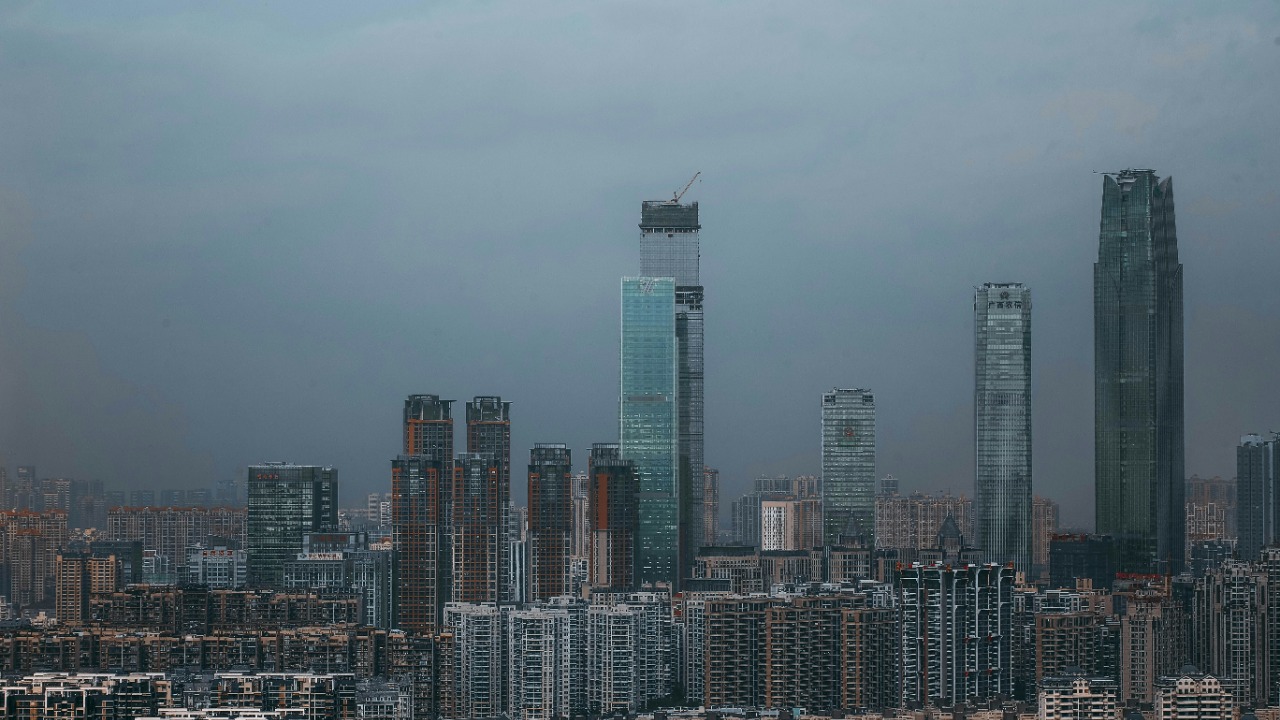
China’s ambitious mega construction projects, including dams, bridges, and urban developments, are drawing global attention and concern. These massive undertakings, while showcasing China’s engineering prowess, are also raising alarms due to potential geopolitical, environmental, and economic repercussions.
As the world watches, the implications of these projects extend far beyond China’s borders, impacting international relations and global environmental health.
Geopolitical Tensions and Strategic Concerns

China’s construction of artificial islands in the South China Sea has become a flashpoint in regional security discourse. These man-made structures are not just about extending territorial claims; they represent a tangible assertion of power in international waters. The strategic positioning of these islands allows China to exert greater control over critical maritime routes, challenging existing international maritime laws. This has led to heightened tensions with neighboring countries and the global community, with concerns over the freedom of navigation and the potential for military conflicts.
The Belt and Road Initiative (BRI) further exemplifies China’s strategic use of infrastructure development to expand its geopolitical influence. By investing in global infrastructure projects, China is reshaping political alliances and creating economic dependencies. This “infrastructure diplomacy” often leads developing nations into debt traps, where financial obligations can translate into political leverage. Countries involved in the BRI may find themselves in a delicate balance, navigating between Chinese interests and their own national sovereignty.
Additionally, infrastructure projects near contested borders, such as those with India, have significant military implications. Roads, railways, and airstrips constructed in these regions enhance logistical capabilities and strategic reach, potentially altering the balance of power. These developments have brought about increased scrutiny and concern from neighboring countries, who view them as potential threats to their national security.
Environmental Impact and Sustainability
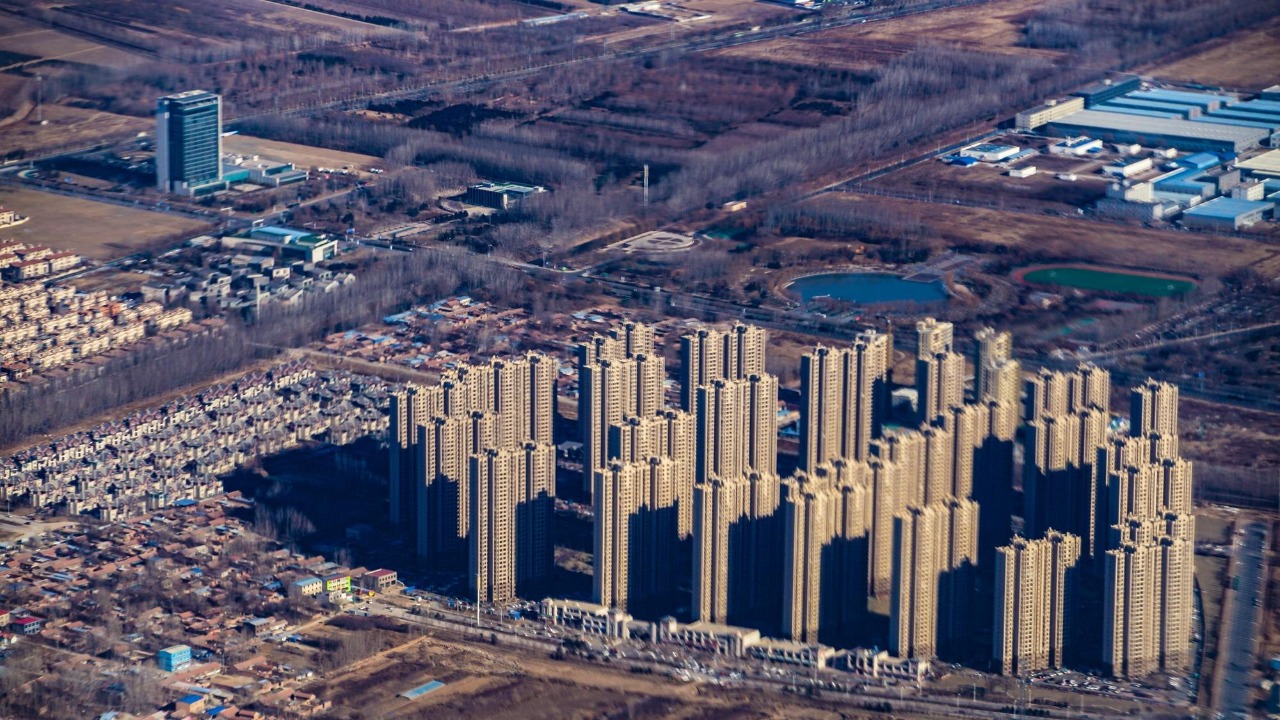
China’s mega construction projects are not without significant environmental consequences. The construction of large dams, particularly on the Brahmaputra River, has raised alarms about ecosystem disruption. These hydropower projects can alter river flow, impact aquatic life, and displace communities. Environmentalists argue that these disruptions could have far-reaching effects on biodiversity and the livelihoods of millions who depend on these river systems.
Rapid urbanization and the development of mega-cities present additional sustainability challenges. The ecological footprint of urban sprawl is significant, with increased resource consumption and waste generation. Cities like Shenzhen and Chongqing are examples of how urban development can strain local resources and contribute to air and water pollution. The sustainability of such rapid growth is a pressing concern, especially in the context of climate change and the need for sustainable development practices.
Moreover, China’s construction activities contribute to pollution and climate change. The production of construction materials like steel and cement is energy-intensive and generates substantial carbon emissions. As the world grapples with the climate crisis, China’s emissions from construction projects are a critical area of concern, with global implications for efforts to curb climate change.
Economic Implications and Global Trade
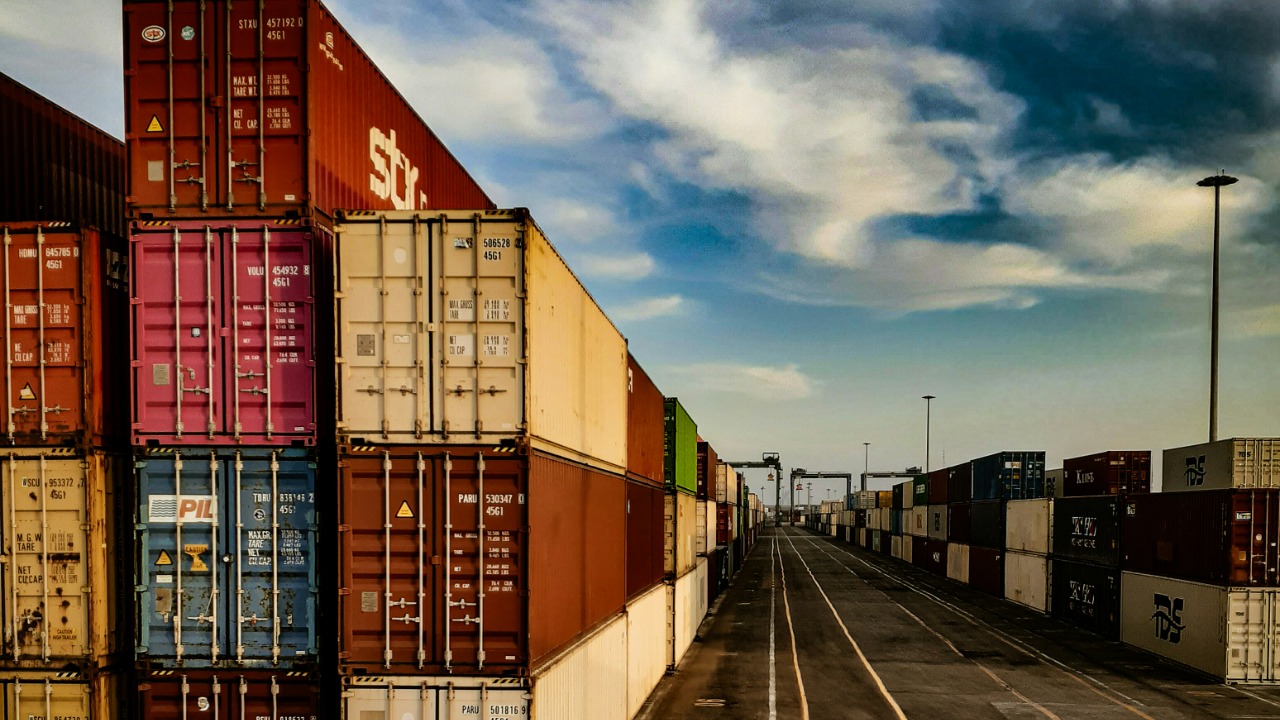
The economic leverage China gains through its financing of construction projects in developing countries is significant. These investments can lead to debt dependency, where nations become financially beholden to China. This economic influence can extend to political arenas, where indebted countries may feel pressured to align with Chinese policies and interests.
China’s mega construction projects also have profound effects on global supply chains. The sourcing of raw materials and the logistics of transporting construction equipment are intricately linked to global trade. Disruptions in supply chains, whether due to geopolitical tensions or environmental regulations, can have widespread economic consequences, affecting industries worldwide.
Technological advancements in construction have positioned China as a competitive player in the global market. Innovations in engineering and construction techniques not only enhance China’s domestic capabilities but also make Chinese companies attractive partners internationally. This technological edge allows China to compete effectively in the global construction industry, challenging traditional players and reshaping market dynamics.
Social and Cultural Consequences
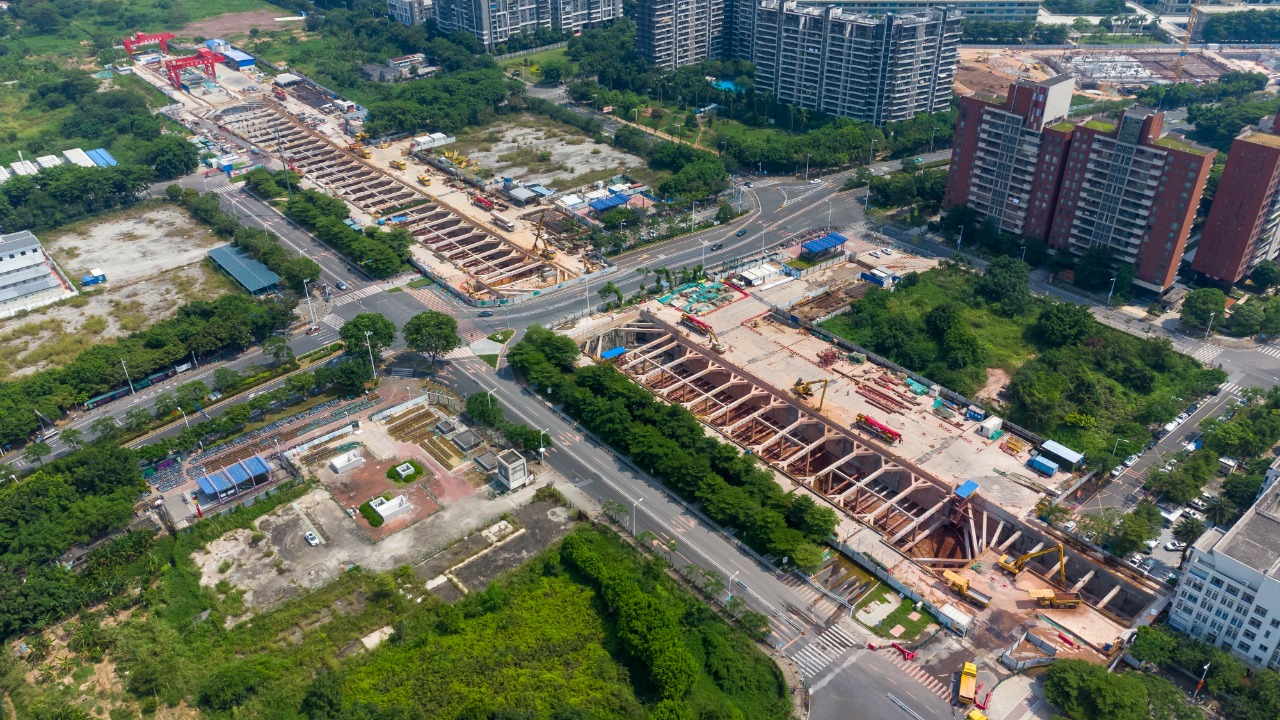
The social impact of mega construction projects is profound, particularly when it comes to displacement and resettlement. Large-scale infrastructure developments often require the relocation of communities, leading to the loss of homes and cultural heritage. These displacements can have lasting social ramifications, disrupting traditional ways of life and eroding cultural identities.
Labor practices in mega construction projects have also come under scrutiny. Concerns about labor conditions, including safety standards and worker rights, highlight the need for improved human rights practices. As China continues to expand its construction efforts globally, ensuring fair and ethical labor practices is crucial for maintaining international credibility and fostering sustainable development.
Additionally, rapid urbanization is driving significant lifestyle changes within China. The shift from rural to urban living alters social structures, with implications for community cohesion and individual well-being. As traditional lifestyles give way to modern urban living, the challenge lies in preserving cultural heritage while embracing progress.
Global Reactions and Policy Responses
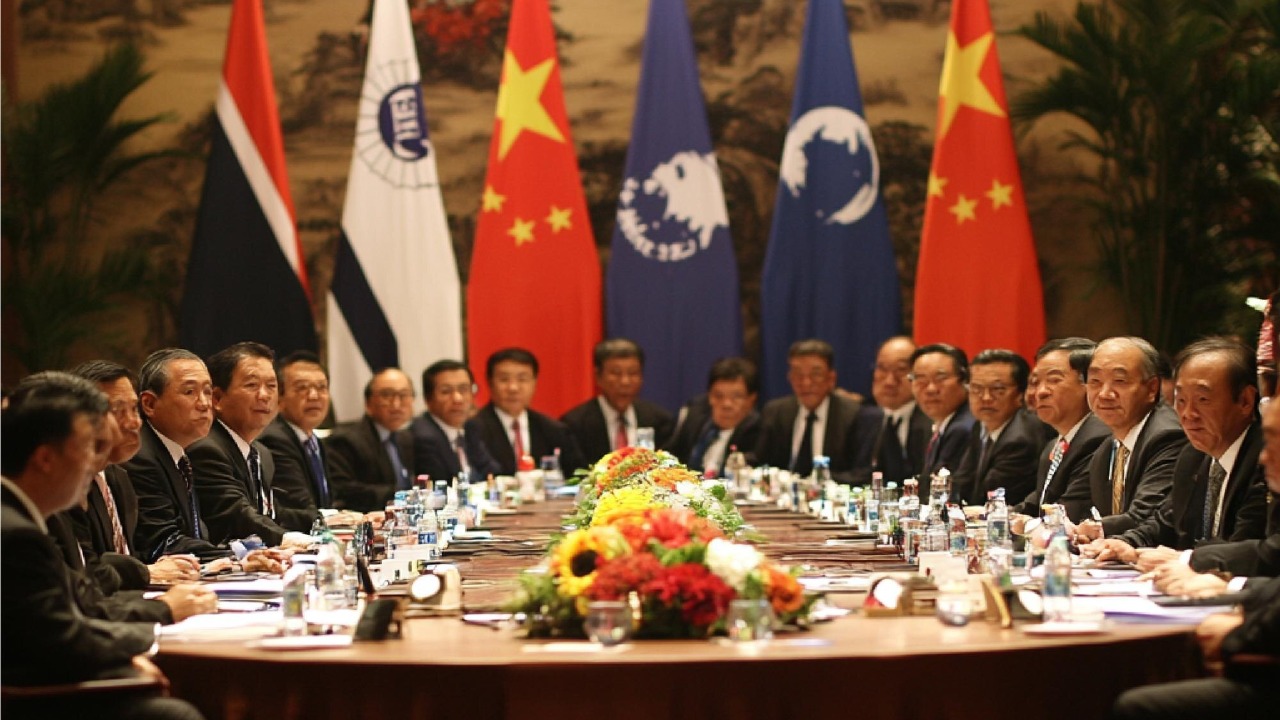
International bodies play a critical role in regulating mega construction projects, ensuring compliance with environmental and social standards. The establishment of international regulations and agreements is essential for managing the global impact of these developments. Collaborative efforts can help mitigate negative consequences and promote sustainable practices across borders.
Diplomatic actions by other nations in response to China’s construction activities have been varied. Some countries have sought cooperative solutions, engaging in dialogue and partnerships to address shared concerns. Others have adopted more confrontational approaches, challenging China’s actions through legal and political channels. The outcome of these diplomatic efforts will significantly influence global geopolitical dynamics and the future of international cooperation.
Public perception and advocacy play a vital role in shaping policy responses to China’s mega constructions. Advocacy groups and global public opinion can drive awareness and action, pressuring governments and international organizations to take a stand. As the world becomes increasingly interconnected, the collective voice of the global community will be instrumental in guiding the future of mega construction projects and their impact on our planet.